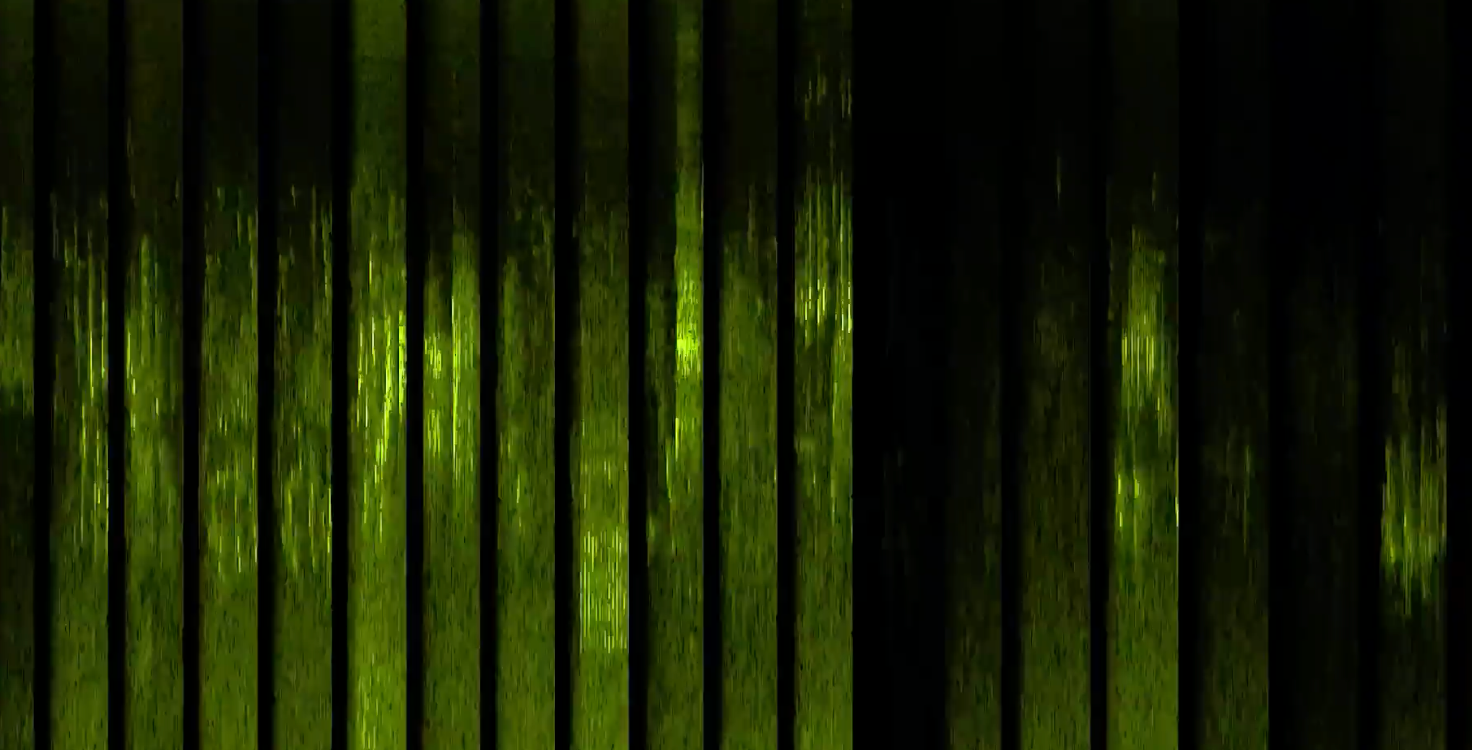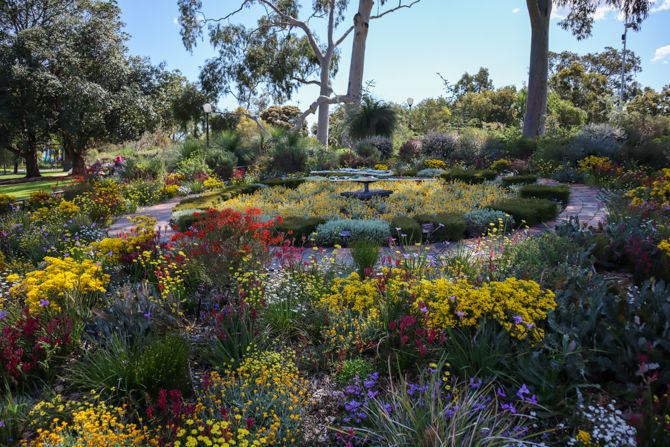(List # 100) The Sounds of Business Education – Biodiversity on Campus
Biodiversity on campus and why that's important

Last week, The Guardian had a fascinating piece on soundscapes of the natural world, basically the soundtrack that the natural world makes and what it tells us about its health. Every place has its own soundtrack made up of different species. These soundscapes are increasingly telling a story of decline of these species, but they can also tell stories of recovery. (You can read the whole special series of article on this topic here).
What is the soundtrack of your campus? Is it noisy or quiet? Are the noises human made? How much of it is from other species and which ones? What impact are those noises having on your community’s ability to learn and work? What impact are you having on the made up of these soundscapes?
Try this: Why not make a recording of different parts of your campus and then compare year after year.
1. Living Lab Food Forest
The Leuphana Food Forest is being created on a 450 square-meter patch of ground behind the library at the School of Management and Technology at Leuphana University in Germany. The aim is to exemplify the concept of the food forest as a sustainable, multi-layered food system. The food forest mimics a natural forest in the plant life it contains: sweet chestnut, elderberry, white, red and black currants, raspberries, comfrey, lungwort, lemon verbena, thyme and wild strawberries. These plants will not only provide greater biodiversity on campus, but also an area of regeneration and relaxation for our students and staff members.
2. A Reforestation Project
Growing Our Future is an ongoing partnership between the Victoria University of Wellington and Wellington City Council, who have committed to reforesting an 11-hectare block of land in Ohariu Valley in Wellington’s outer Green Belt. The aim is to create a new carbon sink and become a new zero carbon organisation by 2030. The plan is to plant and nurture over 20,000 seedlings. The native trees are expected to form a canopy over 80 percent of the land within seven to eight years and contribute to the creation of an ecological corridor for native birds and other species.
3. Permaculture Garden for students
The Permahaven project is a Copenhagen Business School in Denmark initiative to create a permaculture garden that will serve as a regenerative space for students, faculty and local residents, as well as a hub for learning and disseminating knowledge about biodiversity and regenerative social and environmental practices. The project consists of three main elements: lifelong learning, biodiversity and well-being. The idea is that the local community, side by side with CBS students and faculty, various local groups such as children’s and elderly institutions, ethnic minorities, and the unemployed, can share their knowledge and contribute to increasing biodiversity and well-being in the municipality.
4. Identifying Trees
The FEA-RP launched the “FEA-RP's Trees” website and inaugurated the installation of identification plates for the large trees that are located at the school's headquarters. The system aims to present the school's trees to the community as well as monitor their management (occurrence of pruning, risk analysis etc.). Over 250 trees located in a preserved area has been catalogued in this webpage. Groups of large trees received identification plates and a specific QR Code. The community is encouraged to scan the code which directs them to a page with more information which they are also able to comment on and share with others.
5. Tree Walk
As part of Earth Week celebrations, employees at Gustavson School of Business in Canada met for a leisurely walk across the University campus in search of special trees. The walk was led by the coordinator of the school’s Centre for Social and Sustainable Innovation, Alex Berthin who holds a B.Sc in Natural Resource Conservation from the Faculty of Forestry at the University of British Columbia. The Tree Walk had a diverse array of trees from around the world and encompassed over 40 species. The walk revealed that the School not only has a few employees with deep knowledge of trees, but also spurred some interest in the field.
Around this week last year...

Thanks for following and have a great week.
Best
Giselle

